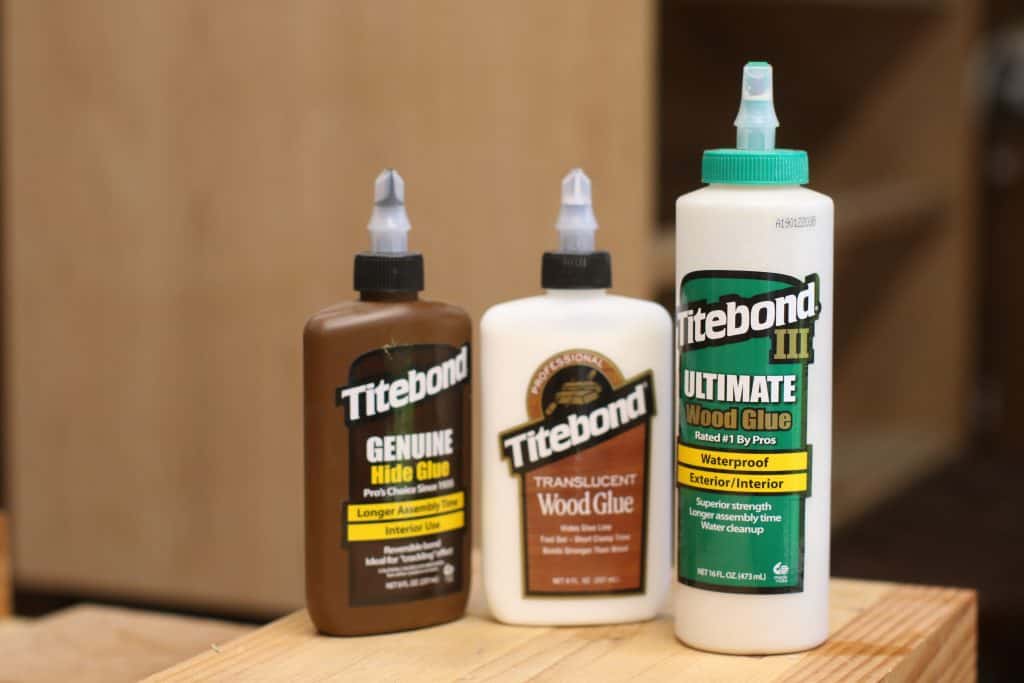You’re working on a project, and you need to glue two pieces of wood together. You reach for the wood glue, but you realize you don’t know how long it takes to dry. Don’t worry; we’ve got you covered.

How Long Does It Take For Wood Glue To Dry
In this article, we’ll tell you everything you need to know about wood glue, including how long it takes to dry. We’ll also provide tips on getting the best results from your wood glue.
Now that you know more about wood glue, it’s time to put it to use. Here are a few tips for getting the best results from your wood glue:
What is Wood Glue?
Wood glue is a type of adhesive used to bond two pieces of wood together. It is made from a variety of materials, including polyvinyl acetate (PVA), aliphatic resin, and epoxy. Wood glue is typically applied to one or both surfaces of the wood, and the pieces are then clamped together until the glue dries.
The drying time of wood glue depends on several factors, including the type of glue, the temperature, and the humidity. Below are some additional tips for applying wood glue:
- Make sure the surfaces of the wood are clean and free of dust and debris.
- Apply a thin layer of glue to one or both surfaces of the wood.
- Clamp the pieces of wood together until the glue dries.
Tip: If you are clamping the wood together for a long period of time, you may want to place a piece of waxed paper between the wood and the clamps to prevent the glue from sticking to the clamps.
How Long Does It Take For Wood Glue To Dry?
Several factors can affect the drying time of wood glue:
- Type of glue: Different types of wood glue have different drying times.
- Temperature: Wood glue dries faster in warm temperatures.
- Humidity: Wood glue dries slower in humid conditions.
- Thickness of the glue joint: A thicker glue joint will take longer to dry.
- Clamping pressure: The greater the clamping pressure, the faster the glue will dry.
In general, most wood glues will dry to the touch within 30 minutes. However, it is important to allow the glue to dry completely before putting any stress on the joint. This can take anywhere from 24 to 48 hours, depending on the factors listed above.
If you are unsure how long to clamp the wood together, it is always best to err on the side of caution and clamp it for longer. This will ensure that the glue has enough time to dry completely.
Tips and Expert Advice For Using Wood Glue
Here are a few tips and expert advice for using wood glue:
- Use the right type of glue for the job. There are different types of wood glue available, each designed for a specific purpose.
- Apply the glue correctly. Make sure to apply a thin, even layer of glue to both surfaces of the wood.
- Clamp the wood together properly. The clamping pressure will help to ensure that the glue dries evenly and securely.
- Allow the glue to dry completely. This will ensure that the joint is strong and durable.
By following these tips, you can get the best results from your wood glue and create strong, durable joints.
FAQ on Wood Glue
- Q: What is the best type of wood glue?
A: The best type of wood glue for most projects is polyvinyl acetate (PVA) glue. PVA glue is strong, durable, and easy to use. - Q: How long does it take for wood glue to dry?
A: Most wood glues will dry to the touch within 30 minutes. However, it is important to allow the glue to dry completely before putting any stress on the joint. This can take anywhere from 24 to 48 hours, depending on the factors listed above. - Q: Can I use wood glue on wet wood?
A: No, you should not use wood glue on wet wood. The glue will not adhere properly to the wood, and the joint will be weak. - Q: How do I remove wood glue?
A: There are several ways to remove wood glue. You can use a damp cloth to wipe away the glue while it is still wet. You can also use a chisel or scraper to remove dried glue. If the glue is particularly stubborn, you can try using a solvent such as acetone or denatured alcohol. - Q: Is wood glue waterproof?
A: Not all of them. Most wood glues are not waterproof. However, there are some waterproof wood glues available. If you need to use wood glue in a wet environment, be sure to choose a waterproof glue.
Conclusion
Now that you know more about wood glue, you can use it to create strong, durable joints in your woodworking projects. Just remember to follow the tips and advice in this article, and you’ll have finished projects to be proud of.
Are you interested in learning more about wood glue? If so, leave a comment below, and we’ll be happy to answer your questions.
How Long Does It Take For Wood Glue To Dry

Image: felixfurniture.com










